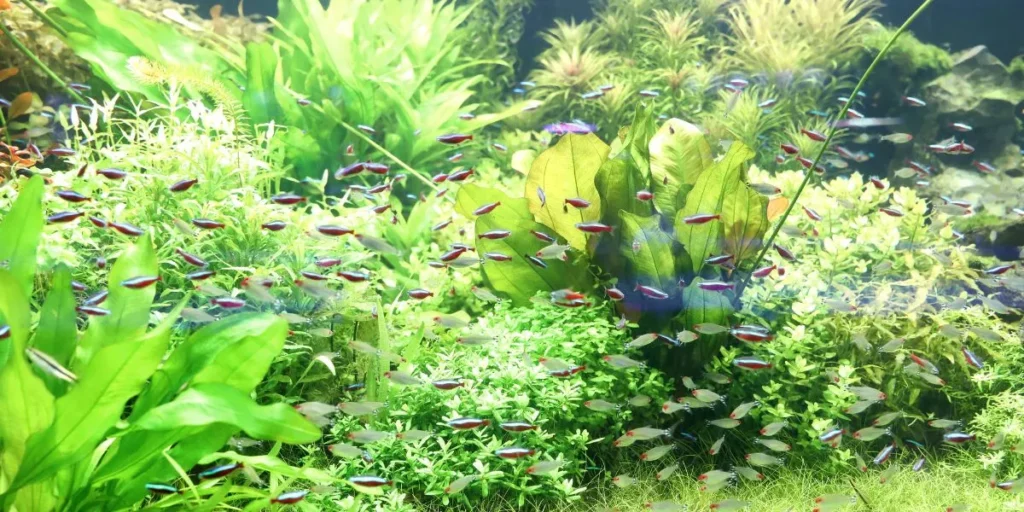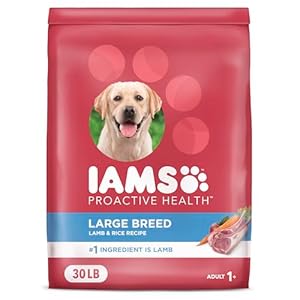
To maintain a pristine aquatic environment, you must focus on a few key factors. Ensuring proper filtration is a fundamental step, but that’s just the beginning. What about the impact of lighting on algae growth? Or the significance of the fish-to-water ratio? These considerations, often overlooked, can play a crucial role in the clarity and freshness of your aquarium. Let’s explore these nuances further.
Proper Filtration System
To maintain clear and odor-free aquarium water, ensure you have a proper filtration system in place. The filtration system is crucial for keeping the water clean by removing debris, excess food, and fish waste. There are three main types of filtration: mechanical, biological, and chemical.
Mechanical filtration involves physically straining out particles through a filter pad or sponge. Biological filtration utilizes beneficial bacteria to break down harmful substances like ammonia and nitrites. Chemical filtration uses materials like activated carbon to absorb impurities and toxins.
When selecting a filtration system, consider the size of your aquarium and the type of fish you have. A good rule of thumb is to choose a filter that can process at least four times the total volume of your tank per hour. Regularly clean and maintain your filter according to the manufacturer’s instructions to ensure optimal performance. Remember that a well-functioning filtration system is key to a healthy aquatic environment for your fish.
Regular Water Changes
Maintaining clear and odor-free aquarium water necessitates regular water changes. By performing routine water changes, you can effectively remove accumulated waste, excess nutrients, and other pollutants that can cloud the water and create unpleasant odors. Changing around 10-15% of the water every 1-2 weeks is generally recommended for most aquariums. This process helps dilute harmful substances, such as ammonia and nitrites, that can build up over time, ensuring a healthier environment for your aquatic pets.
During water changes, remember to siphon debris from the substrate and clean the filter media to prevent the accumulation of organic matter. Use a water conditioner to treat tap water and remove chlorine or chloramine before adding it back to the aquarium. Additionally, make sure the new water matches the temperature and pH of the existing water to avoid shocking your fish. Consistent water changes are a simple yet crucial step in maintaining optimal water quality and promoting the well-being of your aquarium inhabitants.
Adequate Water Circulation
Maintaining optimal water quality in your aquarium involves ensuring adequate water circulation throughout the tank. Proper water circulation is crucial for distributing oxygen, nutrients, and beneficial bacteria evenly while preventing the buildup of debris and waste in stagnant areas.
To achieve this, consider using a combination of filters, powerheads, and air stones strategically placed within the tank to create a gentle yet effective flow. Filters help remove physical and chemical impurities, while powerheads promote water movement, preventing dead spots where waste can accumulate. Air stones not only aerate the water but also assist in creating surface agitation, aiding in the exchange of gases.
Aim to have the water surface gently rippling to ensure a healthy oxygen exchange and to prevent surface scum. By maintaining adequate water circulation, you can promote a thriving aquatic environment while keeping your aquarium water clear and odor-free.
Monitoring Water Parameters
Ensure regular monitoring of water parameters in your aquarium to maintain a healthy and balanced environment for your aquatic inhabitants. Testing the water regularly is essential to ensure that key parameters such as pH, ammonia, nitrite, and nitrate levels are within the appropriate range for your specific aquatic species.
Invest in a reliable water testing kit that can measure these crucial parameters accurately. Test the water at least once a week, especially if you have a newly established aquarium or if you’ve recently added new fish or plants. Keeping a log of your water test results can help you track any fluctuations and address issues promptly.
Maintaining Clean Substrate
To maintain a healthy aquatic environment, regularly cleaning the substrate in your aquarium is crucial for removing debris and preventing the buildup of harmful substances. Uneaten food, fish waste, and decaying plant matter can accumulate on the substrate, leading to ammonia spikes and algae growth.
To clean the substrate effectively, use a gravel vacuum to siphon out debris while performing water changes. Start by gently hovering the vacuum over the substrate, allowing it to pick up waste without disturbing the gravel too much. Move the vacuum in a slow and deliberate manner to ensure thorough cleaning. Focus on areas with visible debris or where waste tends to accumulate.
It’s recommended to clean the substrate during routine water changes to maintain optimal water quality. By keeping your aquarium substrate clean, you create a healthier environment for your aquatic inhabitants and promote clearer water with reduced odor.
Pet supplies














